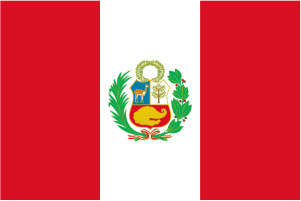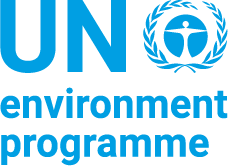
In recent decades, catastrophic wildfire episodes within the Sumatran peatland have contributed to a large amount of greenhouse gas emissions. The El-Nino Southern Oscillation (ENSO) modulates the occurrence of fires in Indonesia through prolonged hydrological drought. Thus, assessing peatland vulnerability to fires and understanding the underlying drivers are essential to developing adaptation and mitigation strategies for peatland. Here, we quantify the vulnerability of Sumatran peat to fires under various ENSO conditions (i.e., El-Nino, La-Nina, and Normal phases) using correlative modelling approaches. This study used climatic (i.e., annual precipitation, SPI, and KBDI), biophysical (i.e., below-ground biomass, elevation, slope, and NBR), and proxies to anthropogenic disturbance variables (i.e., access to road, access to forests, access to cities, human modification, and human population) to assess fire vulnerability within Sumatran peatlands. We created an ensemble model based on various machine learning approaches (i.e., random forest, support vector machine, maximum entropy, and boosted regression tree). We found that the ensemble model performed better compared to a single algorithm for depicting fire vulnerability within Sumatran peatlands. The NBR highly contributed to the vulnerability of peatland to fire in Sumatra in all ENSO phases, followed by the anthropogenic variables. We found that the high to very-high peat vulnerability to fire increases during El-Nino conditions with variations in its spatial patterns occurring under different ENSO phases. This study provides spatially explicit information to support the management of peat fires, which will be particularly useful for identifying peatland restoration priorities based on peatland vulnerability to fire maps. Our findings highlight Riau’s peatland as being the area most prone to fires area on Sumatra Island. Therefore, the groundwater level within this area should be intensively monitored to prevent peatland fires. In addition, conserving intact forests within peatland through the moratorium strategy and restoring the degraded peatland ecosystem through canal blocking is also crucial to coping with global climate change.
Download:
 English 3.7 MB
English 3.7 MB

- Authors: Prasetyo, L.B., Setiawan, Y., Condro, A.A., Kustiyo, K., Putra, E.I., Hayati, N., Wijayanto, A.K., Ramadhi, A., Murdiyarso, D.
- Author Affiliation: IPB University, Indonesian National Institute of Aeronautics and Space, Center for International Forestry Research
- Subjects: assessment, peatlands, tropics, peat, climate change, forest fires, gas emission, hydrology, aboveground biomass, El-Nino Southern Oscillation
- Publication type: Journal Article, ISI
- Source: Forests 13(6): 828
- Year: 2022
- DOI: https://doi.org/10.3390/f13060828
















